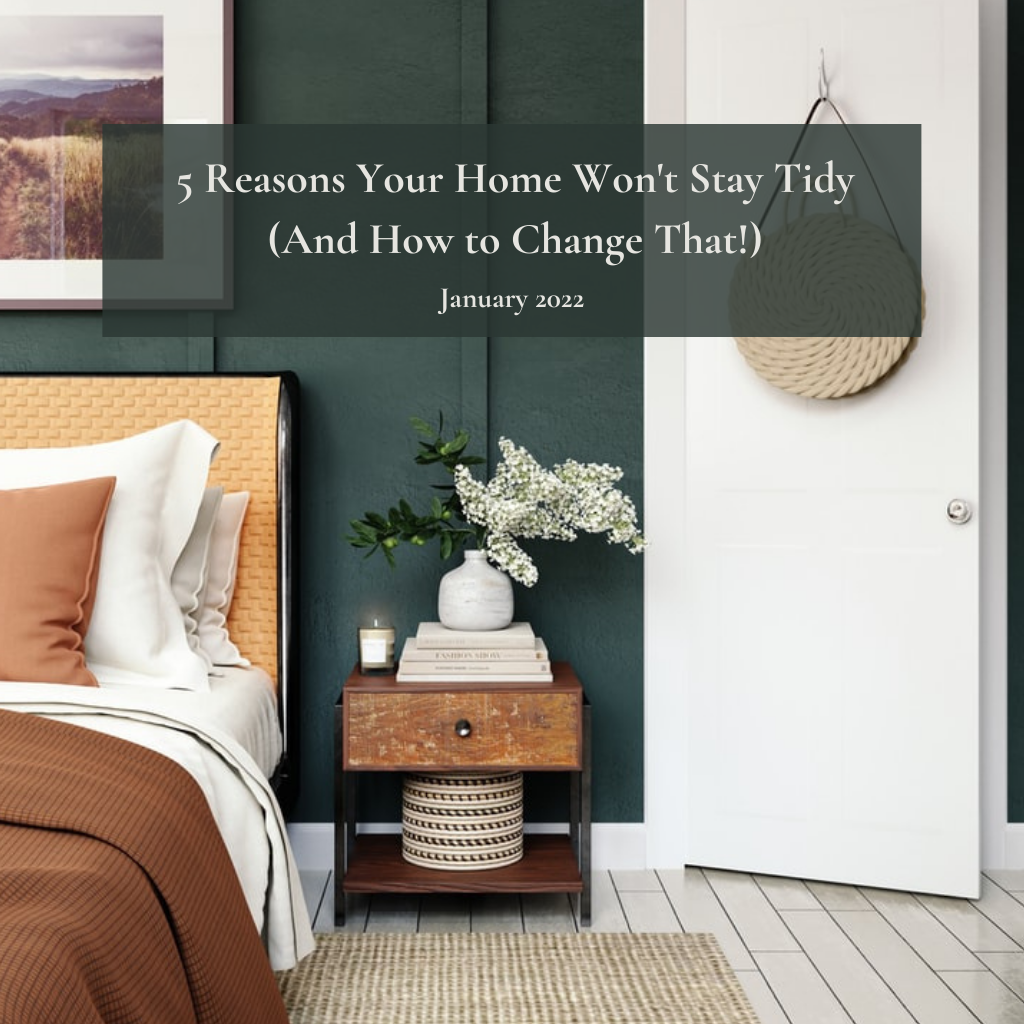
Hannah DeForest
Tidy Home and School Room Organization Consulting, LLC.
Hannah is the founder and consultant of Tidy Home and School Room. She specializes in helping families organize their homes and educational materials in ways that create natural flow and reflect their goals. Her unique method blends traditional organization services with personal coaching so clients are empowered to live organized long after their projects are completed.
